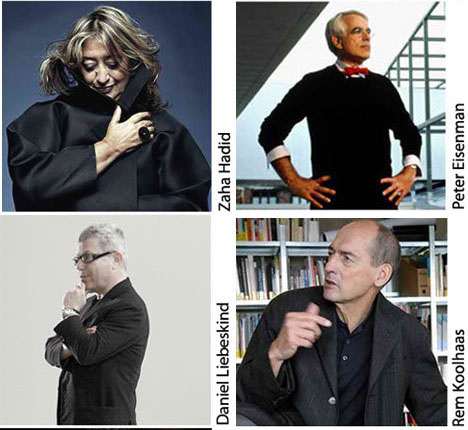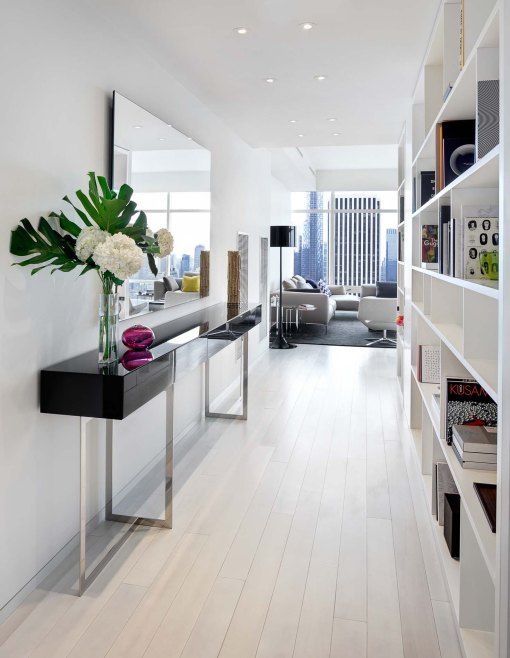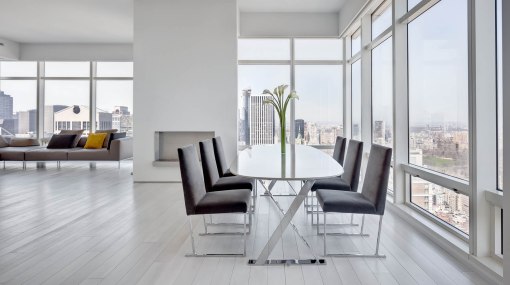
How do our surroundings, especially the colors we live with affect us? Color has a direct impact on our moods, it can create #harmony and #tranquility or chaos and sadness. Here is a tale of how the color in our home affects us.
While living in #Florence to study Architecture in the late 1970s, I worked to pay for my education and through my work colleague, I met an eccentric Florentine character, Rolando, who owned a textile production company. He had a good sense of #fashion and was charming and well known and seemed like he had it all. Florence was a cosmopolitan center with intriguing people from diverse backgrounds, and I witnessed how being #passionate about your creativity and craft, you become a magnet for people who will support you, and you support them, in a mutual quest for quality in life and relationships.
Rolando was thrilled to have a new apartment in the center of Florence, newly decorated with a #luxurious modern aesthetic, where he could entertain. Living in that fantastic location in Florence, he wondered why people stopped coming to his social events, and why potential girlfriends did not feel at ease and did not want to return, even for a casual visit. He felt frustrated that he couldn’t maintain a long-term relationship with the right woman. “How did you design this place?” I finally asked.
When he described his bachelor apartment to some friends and I one evening at dinner, he began to describe a space with shiny black walls, black furniture, dark wood floor, and a dark wood kitchen with some metal accents and several dark shaded light fixtures.
I thought about his #relationship challenges from a #design perspective. Instinctively, I knew his issue, it was obvious: Black absorbs #energy. So, after a while, even someone so charming and popular could sit home alone, feeling depressed. The main splash of color was done with red lighting near the bar cabinet, and blue lighting in the bathroom, giving the effect of late-night lounge.
He thought he had created a #trendy and #chic #ambiance, but this style was better suited for a nightclub, not a home. All this black felt sinister and made the apartment feel confined. He invested a lot of money in a space that was not welcoming.
Sometimes men think that using dark colors is more masculine and instead to attract, they can repel the exact people they seek. I advised him to lighten up some areas, by painting the walls and ceiling in a light color, changing the bedding with a light solid color, and introducing a light-colored carpet under the bed. I also advised him to include a small bouquet of fresh flowers, and a light-colored lampshade. The only room remained dark was the media room, which we made more vibrant with bright colored pillows and eliminated the red and blue lights in the bathroom and bar area.
This new color #palette and lighting #transformed his “naughty” seeming apartment into a more inviting, open, #luminous and joyful home. Everything changed from that point, he was happier, more creative and ready for the love he always wanted.
www.orastudionyc.com
“Color is a power which directly influences the soul” -Vasily Kandinsky
 What is “Home”? How do we live in the times of a global pandemic and how do we organize and prioritize differently in this uncertain time? How do we experience a living space when we are now home 24/7?
What is “Home”? How do we live in the times of a global pandemic and how do we organize and prioritize differently in this uncertain time? How do we experience a living space when we are now home 24/7?









